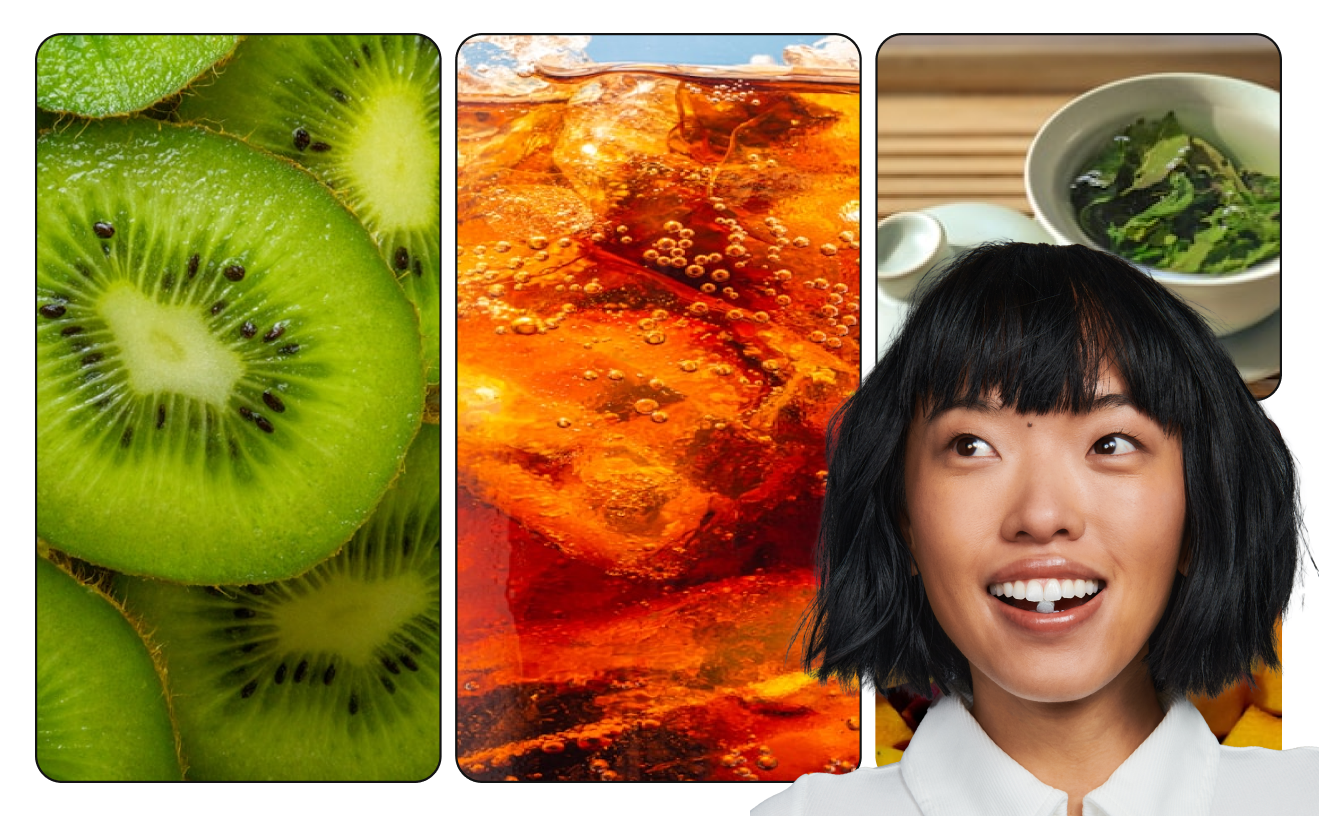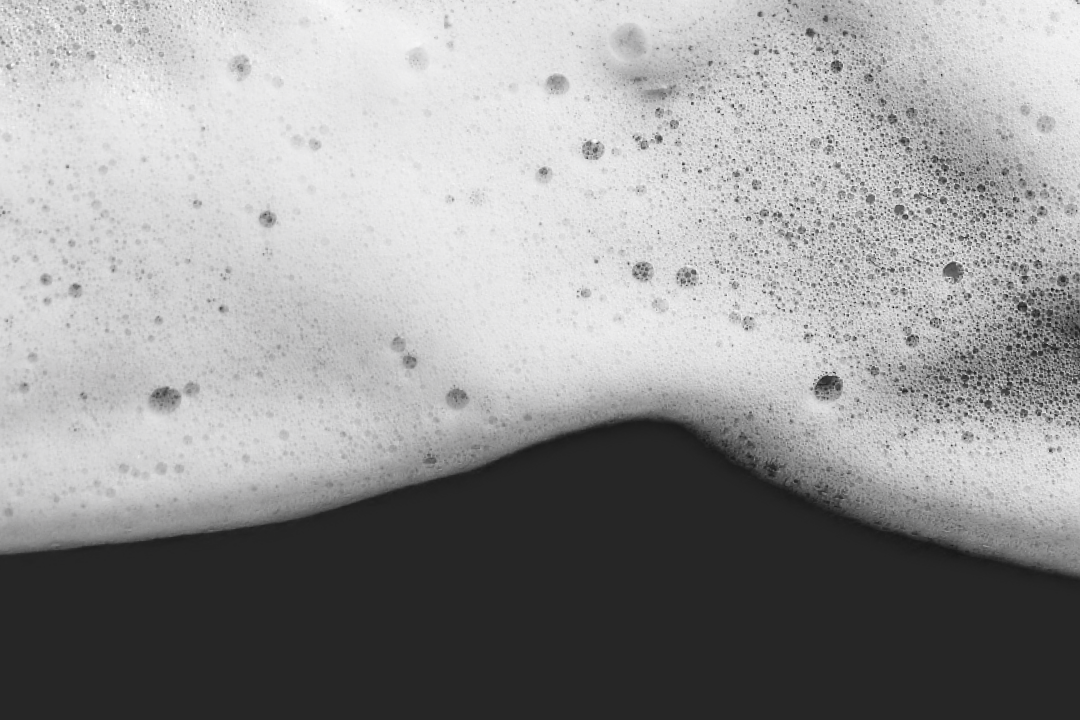Ingredients To Avoid in Skincare
While we would all probably like to be skincare experts, a lot of us still have some learning to do. Becoming an expert not only requires a great knowledge of the products out there — but an understanding of your own unique skincare needs as well. One of the most important things to focus on as we build and improve on our own skincare routine is what works best for our specific skin ingredients-wise. What ingredients and routines help to bring out our inner beauty?
As with anything, skincare is not only about finding what does work. It is equally about finding what does not work. These unproductive and unsuccessful ingredients can fit into a few different categories. Sometimes, an ingredient that works well for one person just may not do much at all for another person.
Even further, ingredients that work for some people can cause skin irritation in others, especially if your skin is more prone to irritation and sensitivity.
Then, we have the last type of skincare products: those that contain ingredients that absolutely no one should use.
Some products on the market contain harmful additives, and unfortunately, many people that use them might not be aware of the dangers they are introducing to their skin.
Skincare can be a process of trial and error before you find the perfect routine, so let’s talk about some harmful ingredients that should be avoided and excluded from the trial process altogether.
What Ingredients Should I Avoid in My Skincare Products?
Aside from skincare, it is far from rare to see harmful components in other kinds of personal care and beauty products like shampoos, conditioners, lotions, oral care products, and more.
When in doubt, it’s beneficial to read over the ingredient list of any product you are thinking of purchasing. This is the only way to ensure we aren’t putting our skin in contact with ingredients we don’t want anywhere near us.
Without further ado, here are some of the many ingredients we recommend avoiding in your skincare routine.
Parabens
You may have heard of parabens, propylparabens, or butylparabens before, but what exactly are they?
Parabens are preservatives that have been frequently used in cosmetics since the 1920s. This ingredient’s primary purpose is to prevent bacteria and mold growth as your cosmetics sit on the shelf.
While this might sound all well and good, parabens can pose their own threat entirely.
Parabens can disrupt your natural hormone functions, which can be harmful in more ways than one. It is essential to remember that parabens being absorbed through the skin can tamper with your normal bodily functions.
Sulfates (SLS and SLES)
Sulfates are commonly used in anything from facial cleanser to shampoo and more. They primarily cause products to lather up, creating the distinct impression that they have better cleaning powers than other products.
In reality, this is not at all the case. This is simply a marketing tactic and one that can have real dangers. Prolonged usage of sulfates can cause irritation and even increase cancer risk.
Sulfates are a catch-all term for chemicals such as sodium lauryl sulfate (SLS) and sodium laureth sulfate (SLES). They are often created using petroleum and ingredients such as mineral oil and palm oil.
Due to the nature of their derivation, sulfates do a tremendous amount of harm to the environment. So, to keep both you and the environment safe, we recommend avoiding these sketchy suds.
Phthalates
Phthalates are an ingredient regularly used to make plastics more durable and flexible. While it can be easy to see why this might have some positive benefits, it also has serious disadvantages.
In terms of your health, contact with phthalates can damage many major organs such as the kidneys, lungs, and liver. This ingredient is also used quite commonly in anything from perfume to fragrances to nail polish to a wide variety of other beauty products, so it’s unfortunately tough to avoid unless you’re specifically buying from a green beauty company.
Formaldehyde
Like some of the other items on our list so far, formaldehyde is typically used to prolong a product’s shelf life. Since this ingredient has some negative connotations, it is often referred to by other names on product labels.
When you are reading over a product’s ingredients, know that if you see quaternium-15 or DMDM hydantoin, it is a type of formaldehyde.
Synthetic Fragrances
As a result of the many dangers of phthalates, synthetic fragrances are often no-gos. Phthalates are a common ingredient in synthetic fragrances, so it is best to avoid products that utilize them.
Not to mention, because of confidentiality laws that help protect the secret formulas that make up a fragrance, companies don’t have to actually disclose how they make their fragrances in their products or where they come from — anytime you see the vague ingredient “synthetic fragrance,” it could mean anything.
Synthetic fragrances are typical in shampoo and conditioner, bubble bath, and hair dyes but may also be found in many skincare products, especially moisturizers.
Diethanolamine and Triethanolamine
Diethanolamine and triethanolamine, also commonly referred to as DEA and TEA, are ingredients linked to liver tumors. This concern is so significant that DEA is banned from cosmetic products entirely in Europe.
Some Forms of Polyethylene
Polyethylene, a form of plastic, is often used to help makeup, skin cleansers, and other cosmetics bind together. In addition to the environmental dangers that plastic poses, some kinds of polyethylene can cause skin irritation, and there have been some links to increased cancer risk.
Lead
Thankfully, the days of lead-based products are over. However, the FDA reports that minimal amounts of lead are still present in some cosmetics. The dangers of lead cannot be overstated, so you should aim to avoid this substance and any companies whose products have been found to contain this ingredient.
Because lead is a contaminant rather than an ingredient, consumers are generally only made aware of its presence through product recalls.
EDTA
Since many beauty products contain some natural ingredients, EDTA is often used to prevent those ingredients from going bad. However, EDTA exposure can lead to abdominal discomfort and even kidney damage in severe cases.
Oxybenzone
This ingredient is common in chemical sunscreens. While it might block the harmful effects of UV rays, it also creates other concerns like skin allergies, and it also actively works against sustainability efforts by contributing to coral reef damage.
What Risks Are Associated With These Ingredients?
We have covered some potentially dangerous ingredients, and now it is time to explore the risks further.
Reproductive System Harm
Since some of these ingredients disrupt regular hormone functions, they impact the reproductive system as a result. By throwing your whole system out of whack, these products can impair fertility and reproductive function. Imbalanced hormones can also result in cystic acne and skin complications, which is not exactly what we want from our skincare.
Endocrine Disruption
As we mentioned directly above, these ingredients have the potential to interrupt your body’s production and breakdown of hormones. This can affect processes from sleep to skin health, so it is best to avoid any ingredient that could cause endocrine disruption when absorbed.
Carcinogenic Properties
A carcinogen is an ingredient that has been linked to increased cancer risks, and formaldehyde (along with its many variants). Skincare products containing carcinogens are marketed to offer you a clean and fresh feeling but in actuality are causing your body harm.
Allergic Reactions and Skin Irritation
Many different ingredients that come into contact with your skin could cause allergic reactions and skin irritation, but harsh chemicals are much more likely to do so. If you have sensitive skin or are prone to allergies, consider looking into more natural products, which are less likely to cause irritation.
The Bottom Line
Skincare has increased in popularity over the past few years, but focusing on this specific part of our health is long overdue. The skin is the largest organ in the body, after all. When our skin is healthy, we feel healthy.
That’s why we recommend opting for products that are straightforward and transparent about their ingredients
At Bite, we believe sustainability and self-care go hand in hand. That is why our products are formulated responsibly and are intended to be recycled. It’s possible to be kind to the environment and to ourselves by using the right ingredients in the right packaging.
Sources:
Ethanolamine Compounds (MEA, DEA, TEA and Others) | Safe Cosmetics
The truth about sunscreen: its effects on us and the environment. | MBNEP
Should People Be Concerned about Parabens in Beauty Products? | Scientific American


